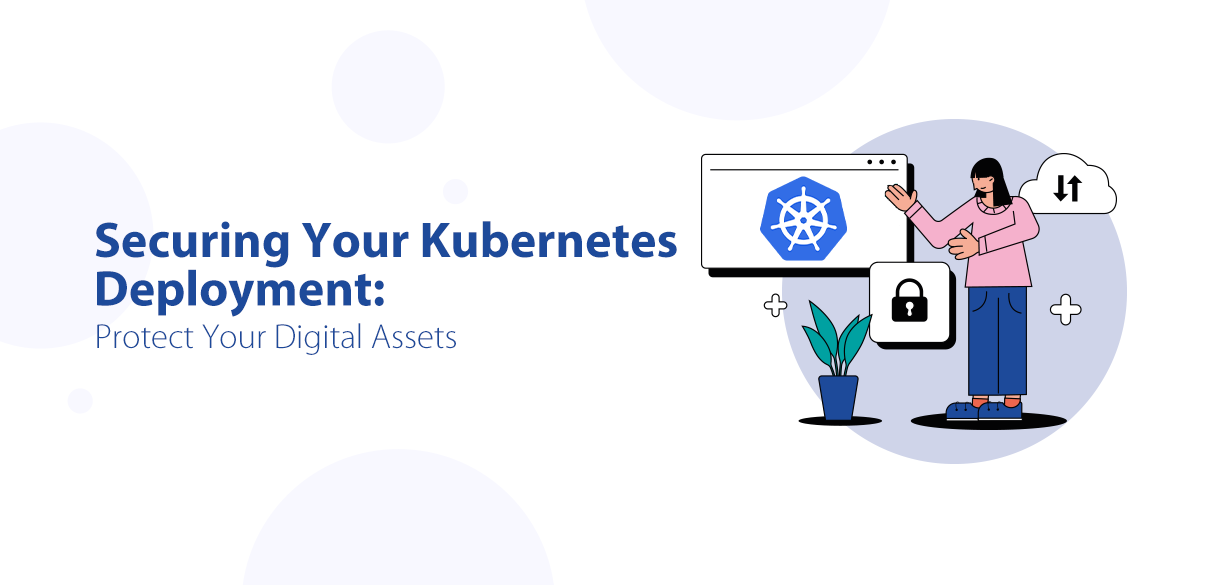Kubernetes, the leading platform for managing containerized workloads and services, offers immense flexibility and power for DevOps practitioners. However, as applications scale and configurations grow complex, managing Kubernetes resources manually becomes a daunting task. That's where Helm, the Kubernetes package manager, comes in handy.
We can explore Helm in detail, making it easy for everyone to understand how it simplifies Kubernetes management.
What is Helm?
Helm is often referred to as the "package manager for Kubernetes." It simplifies the deployment and management of applications by packaging them into reusable, versioned, and configurable units called Helm charts.
Helm allows you to:
- Package Kubernetes resources into charts.
- Version your application deployments.
- Reuse charts to deploy multiple applications.
- Customize configurations via values.yaml.
- Upgrade and roll back applications easily.
Key Concepts in Helm
To fully understand Helm, you need to familiarize yourself with the following key concepts:
- Charts: A Helm chart is a collection of files that describe a set of Kubernetes resources. It is like a recipe that defines how to deploy an application and its dependencies on Kubernetes.
- Releases: Each time a Helm chart is deployed to a Kubernetes cluster, it creates a release. You can think of a release as a specific instance of the chart running in your cluster.
- Values: These are configurations that allow you to override the default settings of a chart. Helm uses the
values.yamlfile to manage this. - Templates: Helm charts include templates that are dynamically rendered to create actual Kubernetes resource manifests (YAML files). These templates allow you to customize deployments based on variables, making them flexible and reusable.
Helm Installation
To get started with Helm, you need to install it locally. Follow these steps to install Helm:
On macOS:brew install helmOn Linux:curl https://raw.githubusercontent.com/helm/helm/master/scripts/get-helm-3 | bashOn Windows: Download the Helm binary and add it to your system’s PATH.
After installation, verify it by running:
helm version
Creating Your First Helm Chart
Now, let’s create a simple Helm chart to deploy an application on Kubernetes.
- Create a Helm chart:
helm create my-first-chart
This creates a new directory calledmy-first-chartwith predefined files and directories. - Chart Structure:
Chart.yaml: Defines the metadata of the chart (e.g., name, version).values.yaml: Contains default configuration values.templates/: Contains templates used to generate Kubernetes manifests.
- Deploying a Chart:
helm install my-release my-first-chart
my-releaseis the name you assign to this release. - Checking Releases:
helm list
- Upgrading a Release:
After making changes to your chart, you can upgrade the release with:
helm upgrade my-release my-first-chart
Helm Best Practices
While using Helm for Kubernetes, follow these best practices:
- Modularize Applications: Break down complex applications into smaller, reusable charts.
- Version Control: Keep track of chart versions, especially when sharing charts with teammates.
- Leverage values.yaml: Understand the
values.yamlfile, as it is key to customizing deployments without modifying the chart itself. - Learn Templating: Helm’s templating system provides powerful tools for dynamic Kubernetes configurations. Focus on understanding how to use variables, functions, and control structures like loops and conditionals in templates.
Common Helm Commands
Below are some commonly used Helm commands that you will frequently use:
Install a chart:helm install <release-name> <chart>Upgrade a release:helm upgrade <release-name> <chart>Uninstall a release:helm uninstall <release-name>List all releases:helm listShow chart details:helm show chart <chart>
Real-World Use Case: Managing WordPress with Helm
Let’s consider deploying a simple WordPress application using Helm. WordPress requires both the application and a database (such as MySQL). Manually setting up these dependencies in Kubernetes can be cumbersome, but with Helm, it’s straightforward:
- Add the Helm stable repository:
helm repo add bitnami https://charts.bitnami.com/bitnami
- Deploy WordPress:
helm install wordpress bitnami/wordpress
Helm in Production
In production environments, Helm shines due to its ability to manage application versions, roll back in case of failures, and customize deployments for different environments (e.g., staging, production) with minimal effort.
Conclusion
Helm is a vital tool for simplifying Kubernetes management. Whether you're learning Kubernetes or preparing for real-world deployments, mastering Helm will help you streamline your operations, making your life as a developer or DevOps engineer much easier. Dive into Helm, experiment with charts, and discover how it can transform your Kubernetes workflow.
By knowing Helm, you'll not only gain a deep understanding of Kubernetes management but also learn an essential skill that is highly sought-after in the DevOps world.
Happy learning!



